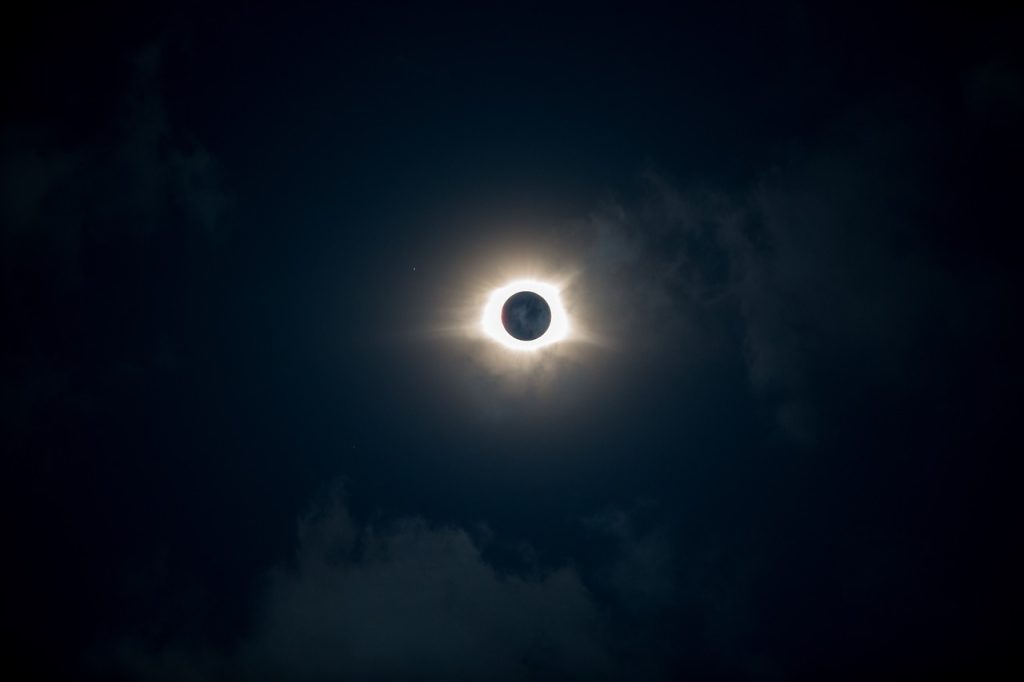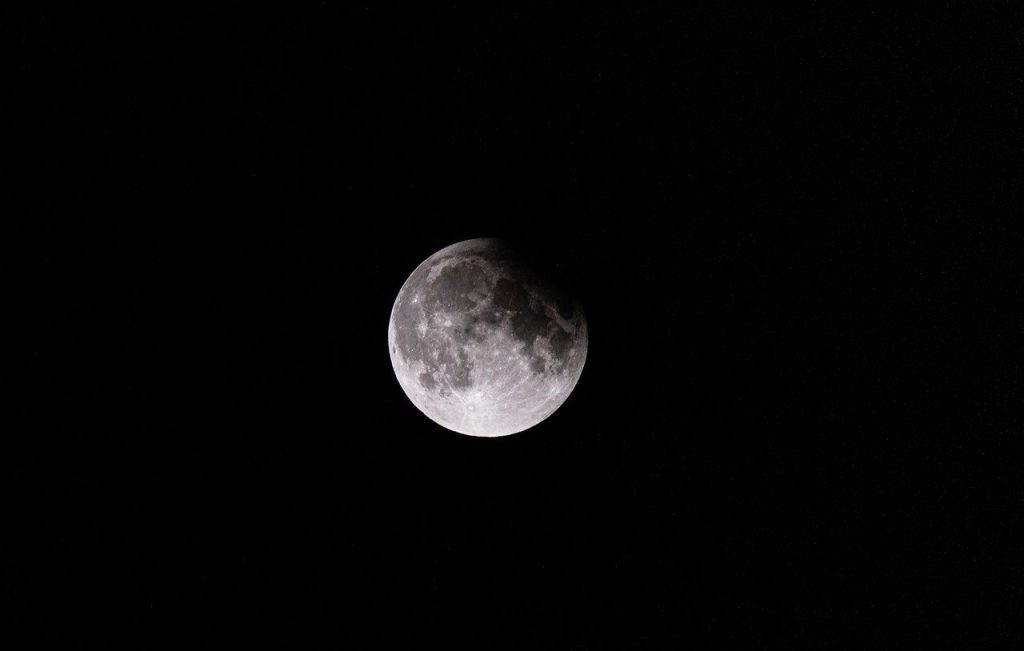The “Worm Moon” Gets a Little Dimmer in Monday’s Penumbral Eclipse
Skywatchers gathered together for a celestial spectacle that, although being understated, promises to be a delightful prelude to the dramatic complete sun eclipse that will take place the following month. An extraordinary event that will take place early on Monday morning is a penumbral lunar eclipse that will involve the entire “Worm Moon.” The night sky is getting ready to host this exceptional event.
The “Worm Moon” Meets Earth’s Shadow
The full moon affectionately nicknamed the “worm moon” because of its timing with the appearance of spring, is scheduled to grace our skies in the early morning hours of March twenty-fifth. This particular event is a penumbral lunar eclipse, which means that the moon will be seen through the dim outer section of the shadow cast by the Earth. This is in contrast to the more dramatic overall or partial lunar eclipses.


Table of Contents
Understanding the Subtlety
When there is a penumbral eclipse, the colors are not as bright as they are during a total moon eclipse. There isn’t much difference in brightness between the Moon that is fully lit up and the Moon that is slightly in Earth’s shade. Just like when you turn down the lights in a room by one notch, you’ll notice a difference, but it won’t be a big one.
Because it is so slight, some people who watch the sky might miss the event completely. But for people who like to watch the delicate dance of the planets and stars, the penumbral eclipse is a chance to see how light and shade work together in our solar system. You can get ready to enjoy this one-of-a-kind astronomical event by using these tips and making realistic goals.
Key Facts and Details:
- Nicknamed: The “Worm Moon”
- Timing: Full on the morning of March 25th.
- Eclipse Type: Penumbral lunar eclipse
- Visibility: Subtle dimming is visible across the United States.
- Begins: Shortly before 1:00 AM ET
- Peak: Around 3:12 AM ET
- Ends: Around 5:30 a.m. ET
This celestial phenomenon results in a diffused dimming of the moon instead of a dramatic darkening, making it easier to miss than its general or partial counterparts. Nevertheless, the beauty of this event lies in its subtleness, providing an ideal opportunity for skywatchers to experience the nighttime sky’s tranquility.
Viewing Tips for the Penumbral Eclipse
To maximize your enjoyment of the penumbral eclipse, here are some key tips:
Find a Dark Location:
Avoid city lights that may diminish the eclipse’s diffused effects. Seek out a spot with an open view towards the east, where the moon will appear.
Time Your Viewing
Aim for the eclipse’s peak around 3:12 AM ET, keeping in mind the window extends from about 1 AM ET to 5:30 AM ET.
Preparation is key
Dress warmly for the chilly early morning hours, and consider bringing binoculars for a closer look, although they’re not essential.
Safety First
Though it’s a lunar eclipse, remember never to look directly at the sun.
Additional Advice
Check the weather
A clear sky is your best friend for eclipse viewing.
Bring Company
Enjoying the event with friends or family can enhance your experience.
Try Taking Photos
While challenging, capturing the subtle dimming effect with a camera set for long exposure on a tripod might yield stunning results.
While the penumbral lunar eclipse lacks the dramatic darkening of its total or partial lunar eclipse cousins, its diffused beauty offers a unique celestial experience. With the proper preparation and a clear sky, observers throughout the US could have the possibility to witness the transient, gentle dimming of the “Worm Moon” as it passes through Earth’s outer shadow. Don’t miss out on this quiet but captivating celestial dance!


Amjad Mustafa, the owner and author of Keen2Know, is a highly qualified individual with strong experience in technical engineering. He is an experienced professional with a variety of business, technology, and car knowledge. His academic background prepared him for a diverse career and established him as a prominent figure at the intersection of these rapidly evolving industries.



